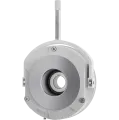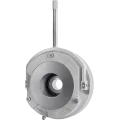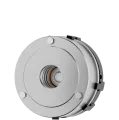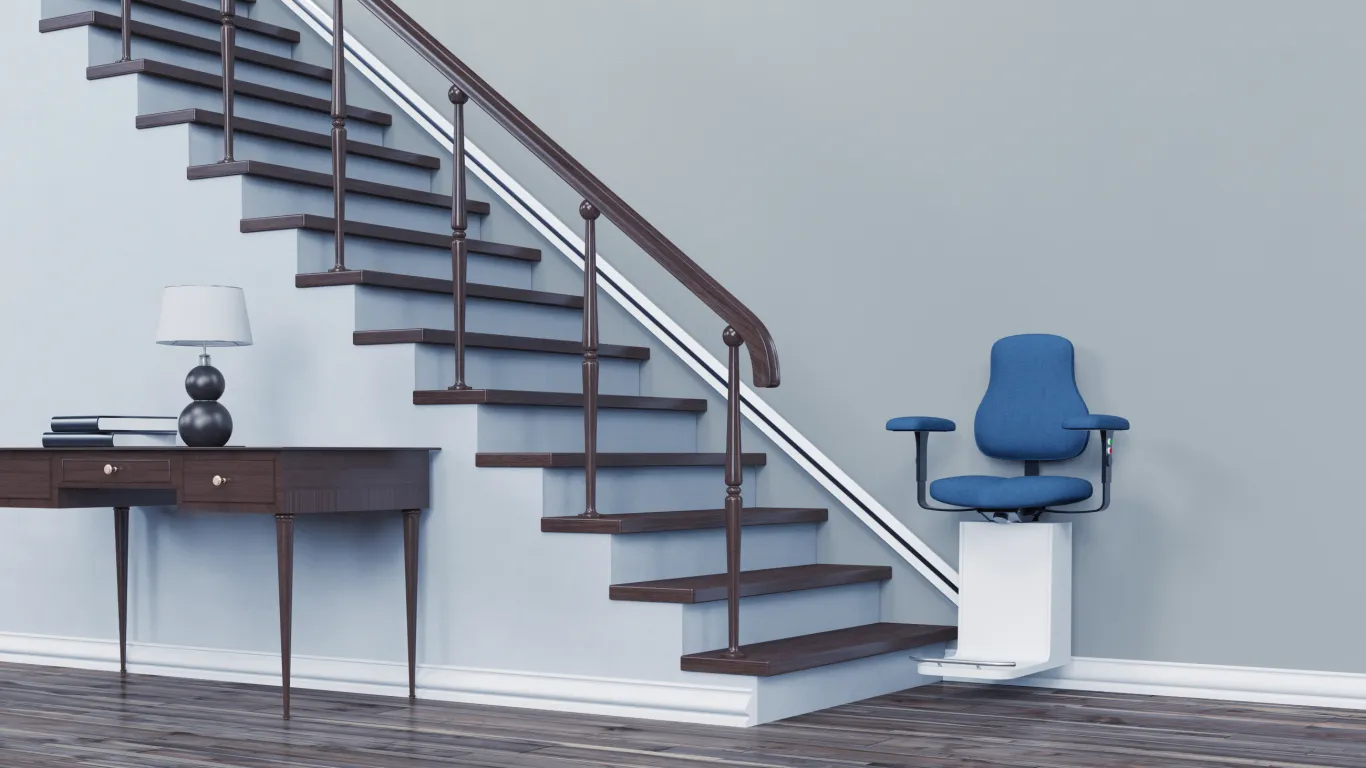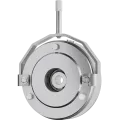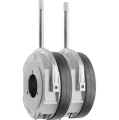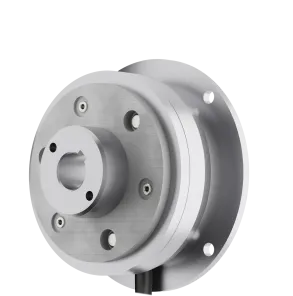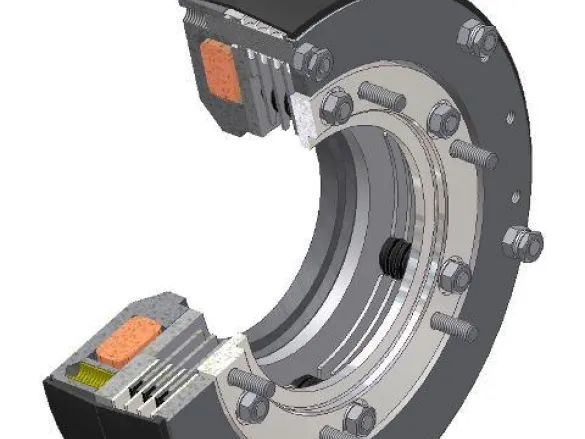
BGV C1
German regulation for the safety of stage and studio equipmentBGV C1 is a German regulation that was developed specifically for the safety of stage and studio equipment. Among other things, it regulates the use of safety-relevant components such as electromagnetic spring-applied brakes, which are used in hoists and drive systems.
This regulation BGV C1 requires a redundant design of all safety-critical elements in order to ensure the safety of persons and systems in the event of a failure. Electromagnetic spring-applied brakes, also known as holding brakes or safety brakes, play a central role here. They are designed as fail-safe brakes, which means that they close automatically in the event of a power failure, thus guaranteeing that movement is stopped safely.
The spring-applied brake works on the principle of the power-off brake: in the de-energized state, the braking force is generated by a spring, while the electromagnetic control only releases the brake during operation. This type of electric spring-applied brake is particularly reliable and is ideal for applications where people are working under loads, such as in theaters, studios or event halls. As an electromechanical brake, it meets the requirements of BGV C1 thanks to its ability to act as both a holding brake and a working brake. Its design allows double protection, so that even if one system fails, the second brake unit holds the load securely.
